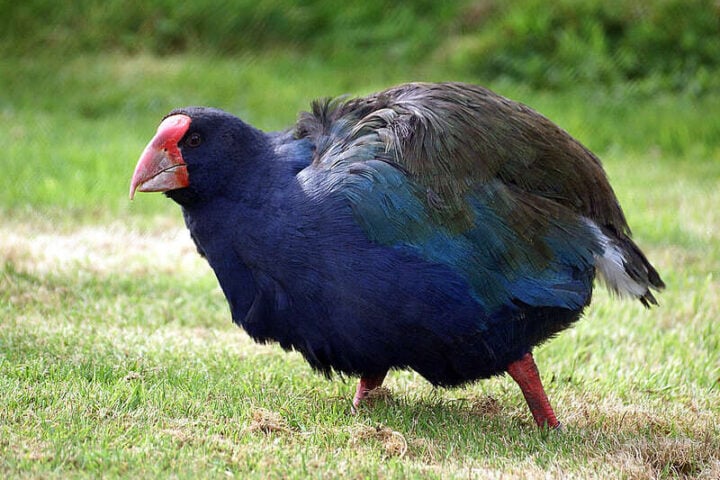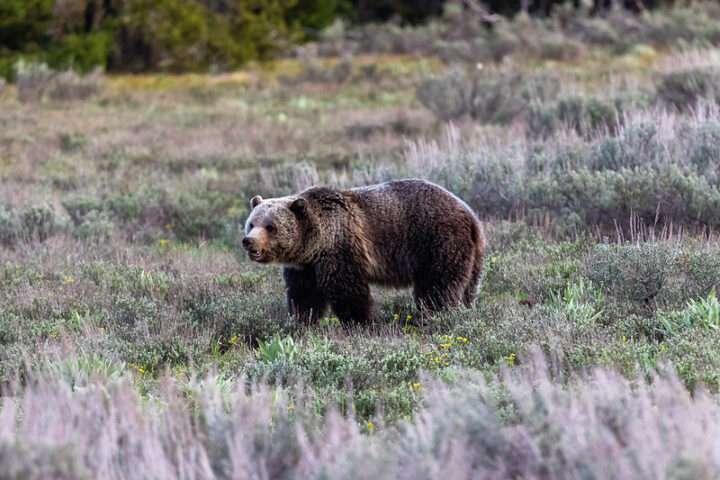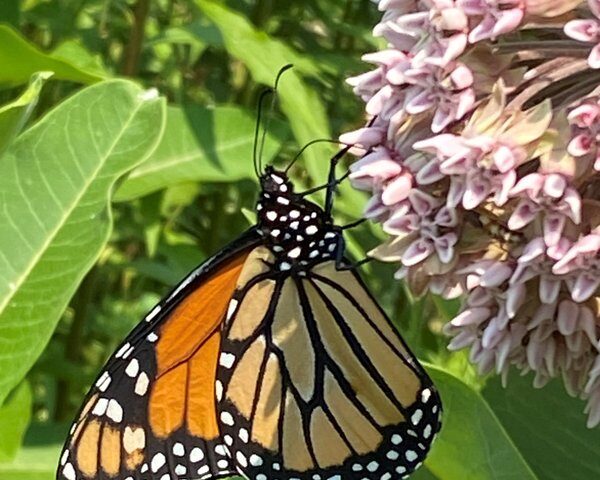A nine-year study in Kenya has revealed that beehive fences deter up to 86% of elephants approaching farms during peak crop seasons, offering a sustainable solution to human-elephant conflict while generating income for farmers.
Published in Conservation Science and Practice, the research conducted by Save the Elephants, Wildlife Research and Training Institute, Kenya Wildlife Service, and Oxford University demonstrates how this nature-based approach harnesses elephants’ natural aversion to honey bees.
African elephants have evolved to fear honey bees. Previous research by the same organizations showed elephants flee from bee sounds, shaking their heads, dusting themselves, and rumbling warnings to other elephants. Though protected by thick skin in most areas, elephants’ sensitive eyes, mouth, and trunk remain vulnerable to painful bee stings.
“Beehive fences are very effective at reducing up to 86.3% of elephant raids when the crops in the farms are at their most attractive,” explains Dr. Lucy King from Save the Elephants and Oxford University, who led the study. “But our results also warn that increased habitat disturbance or more frequent droughts could reduce the effectiveness of this nature-based coexistence method.”
Researchers monitored 26 farms protected by beehive fences near Tsavo East National Park over nine years. The team analyzed nearly 4,000 elephant approaches, comparing elephant behavior around farms during different seasons, including during drought conditions.
The results were compelling: out of 3,999 elephants approaching study farms, only 1,007 elephants (25.18%) broke through the beehive fences. During six peak crop-growing seasons, the fences deterred between 78.3% and 86.3% of approaching elephants.
The design is elegantly simple: beehives hang from wires between posts, creating both a physical barrier and a psychological deterrent. If an elephant disturbs the fence, the movement triggers the bees to emerge, driving elephants away.
Similar Posts:
Beyond protection, the beehive fences produced one metric ton of honey sold for $2,250 during the study period, creating an additional income stream for farmers in the test communities of Mwakoma and Mwambiti villages.
This double advantage—crop protection plus honey production—makes beehive fences particularly valuable in regions where human-elephant conflict threatens both elephant conservation and human livelihoods.
Dr. Patrick Omondi, Director of the Wildlife Research and Training Institute, emphasized the importance of continued support: “Kenya is facing increasing challenges with human-elephant conflict, and solutions like beehive fences empower communities to manage their own farm protection. We need more research and support for nature-based solutions to help our communities live better alongside wildlife.”
The study revealed important limitations, however. A severe drought in 2017 reduced hive occupation by 75%, negatively affecting both honey production and fence effectiveness for three subsequent years.
This vulnerability to climate conditions highlights the need for integrated approaches to human-elephant conflict, especially as climate change threatens to increase drought frequency and duration in East Africa.
Despite these challenges, the beehive fence concept has gained traction. To date, more than 14,000 beehives have been deployed as elephant deterrents across 97 sites throughout Africa and Asia, demonstrating the method’s adaptability to different contexts.
As human populations continue to expand into elephant habitats—Kenya’s human population increased by 59.4% between 2000 and 2020—innovative, community-based approaches like beehive fences offer hope for sustainable coexistence between people and wildlife.
By combining ancient knowledge about elephant behavior with modern conservation techniques, these buzzing boundaries show how working with nature, rather than against it, can help resolve one of conservation’s most persistent challenges.
Frequently Asked Questions
The nine-year study in Kenya showed that beehive fences are highly effective, deterring up to 86.3% of elephants approaching farms during peak crop seasons. Out of 3,999 elephants that approached the study farms, only 1,007 (25.18%) broke through the beehive fences. The effectiveness varies by season and environmental conditions.
Beehive fences work on two levels: as a physical barrier and a psychological deterrent. The design consists of beehives hung from wires between posts around farm perimeters. When an elephant disturbs the fence, the movement triggers the bees to emerge from their hives. African elephants have evolved to fear honey bees because, despite their thick skin, their sensitive eyes, mouth, and trunk remain vulnerable to painful bee stings. When elephants detect bees, they typically flee, shake their heads, dust themselves, and even rumble warnings to other elephants.
Beehive fences offer a dual economic benefit for farmers. First, they protect crops from elephant damage, preserving farmers’ primary source of income. Second, they provide a supplementary income stream through honey production. During the study period, the beehive fences produced one metric ton of honey that was sold for $2,250, creating additional income for the participating communities in Mwakoma and Mwambiti villages. This dual advantage makes the solution particularly valuable in regions where human-elephant conflict threatens both conservation efforts and human livelihoods.
The study identified several factors that can reduce the effectiveness of beehive fences:
1. Drought conditions: A severe drought in 2017 reduced hive occupation by 75%, negatively affecting both honey production and fence effectiveness for three subsequent years.
2. Climate change: Increased frequency and duration of droughts due to climate change can impact bee populations and thus fence effectiveness.
3. Habitat disturbance: Changes in the surrounding ecosystem that affect local bee populations can reduce the occupancy rate of hives.
These limitations highlight the need for integrated approaches to human-elephant conflict management, especially in regions vulnerable to climate change impacts.
The beehive fence concept has gained significant traction globally. To date, more than 14,000 beehives have been deployed as elephant deterrents across 97 sites throughout Africa and Asia. This widespread adoption demonstrates the method’s adaptability to different ecological and cultural contexts. The approach is particularly valuable as human populations continue to expand into elephant habitats—for instance, Kenya’s human population increased by 59.4% between 2000 and 2020, intensifying human-elephant interactions.
The research was led by Dr. Lucy King from Save the Elephants and Oxford University. The study was a collaborative effort involving multiple organizations:
• Save the Elephants
• Wildlife Research and Training Institute
• Kenya Wildlife Service
• Oxford University
The findings were published in the journal Conservation Science and Practice. Dr. Patrick Omondi, Director of the Wildlife Research and Training Institute, emphasized the importance of continued support for such nature-based solutions to help communities coexist with wildlife.



















